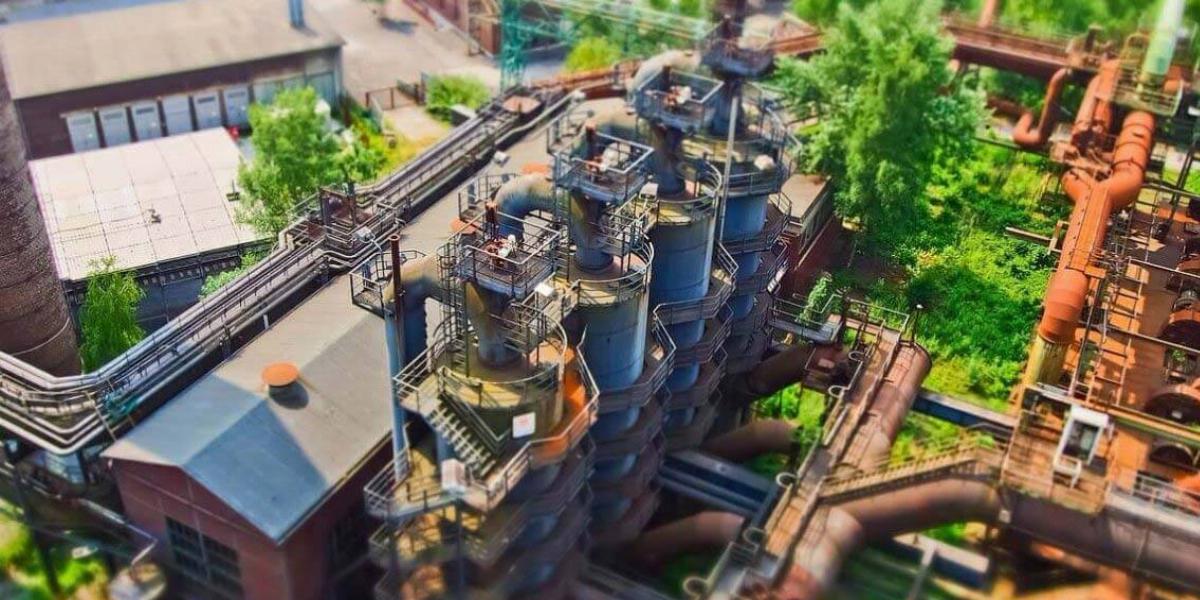
As environmental issues become more urgent, a growing number of consumers expect manufacturers to step up as part of the solution. But please don’t view these expectations as a burden. Almost any manufacturer, in any industry, can save on operating costs and enjoy increased revenue by joining the ranks of green manufacturers. Use these tips to start your plant’s transition to sustainable manufacturing.
Sustainable manufacturing means creating products using methods that lessen the environmental impact of the process, while remaining commercially competitive. There’s no one way for a plant to be considered sustainable—instead, this term covers a range of practices, from general to industry-specific, that increase a plant’s eco-friendliness.
In the Words of a Sustainable Business…
We believe that like each individual, a business should assume responsibility for its action and impacts. If we use resources, we need to use them as efficiently as we can and if using them makes a mess or a negative impact, we need to be responsible for taking care of the mess, or avoiding it in the first place if possible.
-Bob Bechtold, President | HARBEC
While every business’s plan will differ based on the type of products they make, there are a few overarching concerns that nearly all manufacturers will need to address as they go green.
Up to 30 percent of a plant’s yearly energy use is wasted on inefficient equipment or processes. Of course, all of that wasted energy is also lost money. Regardless of what industry you’re in, you can increase energy efficiency—and save cash—by:
Conserving water is more important than ever, as climate change, contamination and other factors make water shortages a growing threat. Fortunately, water conservation is a double-whammy for sustainability: when you reduce water use at your plant, you also reduce the amount of energy required to pump and heat it. You can save water by implementing these sustainable manufacturing practices:
Factories have a key role to play in fighting climate change, and using green manufacturing methods to lessen carbon emissions is one of our best weapons in that fight. This sector is responsible for 21 percent of all greenhouse gas emissions in the U.S., but your plant can help lower that percentage by:
Sustainable Manufacturing in Action…
Some of the things that HARBEC does are carbon neutrality, water neutrality, and waste-to-landfill minimization. By accomplishing these things we are using the necessary resources to manufacture our products and at the same time minimizing or eliminating the negative impact on the environment or on our future children’s opportunities to do the same things we enjoy.
-Bob Bechtold, President | HARBEC
Crafting a more sustainable manufacturing process requires investing money in new equipment, and investing time in analyzing data and implementing the new processes that data suggests. But those efforts can help your business as much as they benefit the environment:
Real Benefits for a Real Business…
By controlling our energy consumption we are reducing our costs which improves our profitability and competitiveness. By taking the time to handle our waste stream with care and consideration (not just throwing it out) we realize economic opportunities by finding markets for our used materials and waste streams.
-Bob Bechtold, President | HARBEC
Have plans to green your manufacturing process? What will your first step be? Special thanks to the team at HARBEC for giving us a look at their approach to sustainability.